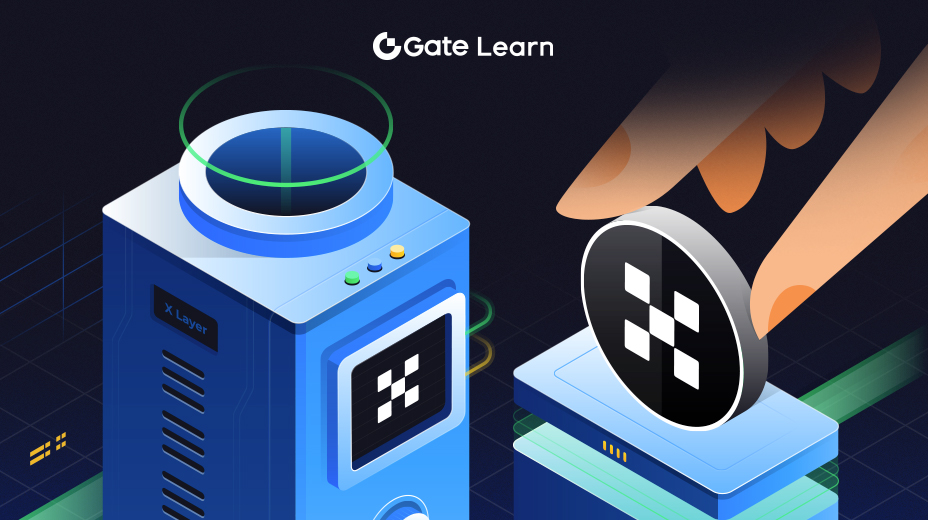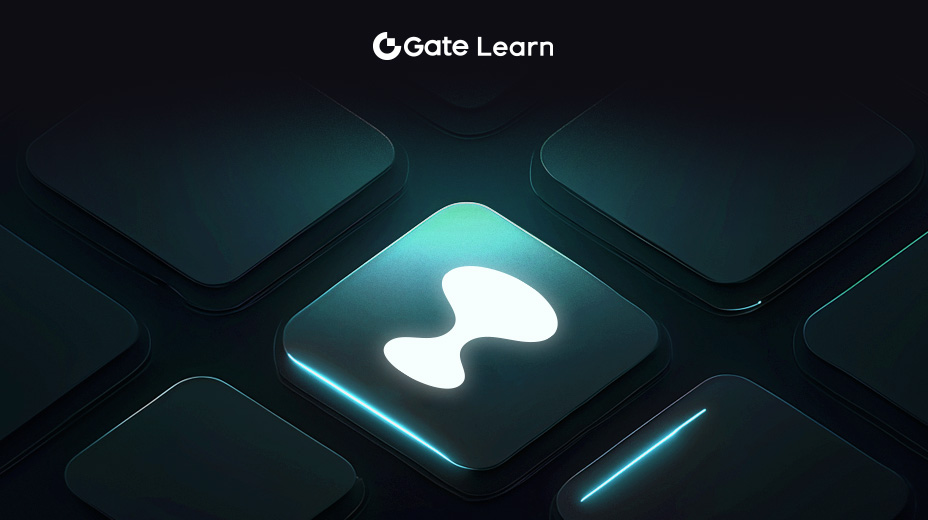ZKFair’s Features and Token Mechanics
This module focuses on ZKFair’s technical capabilities, its key features, and the design of its token economy. It highlights how these elements enable scalability, decentralization, and user-centric functionality.
Core Features of ZKFair
ZKFair stands out as a transformative Layer 2 (L2) blockchain platform, not only because of its commitment to fairness and decentralization but also due to its suite of innovative features. These features collectively address the challenges of scalability, high transaction costs, centralization, and usability that have historically hindered blockchain adoption. By integrating cutting-edge technology with a user-centric approach, ZKFair creates a robust ecosystem that is efficient, secure, and accessible.
Zero-Knowledge Rollup (ZK-Rollup) Technology
At the core of ZKFair’s architecture lies Zero-Knowledge Rollup (ZK-Rollup) technology, a breakthrough in blockchain scalability and security. ZK-Rollups batch multiple transactions off-chain and then submit a cryptographic proof, known as a Zero-Knowledge Proof (ZKP), to the Ethereum mainnet. This proof verifies the validity of all batched transactions without revealing individual transaction details.
ZKFair can handle thousands of transactions per second (TPS), far surpassing the capabilities of Ethereum Layer 1 (~15 TPS). By processing transactions off-chain, ZKFair reduces gas fees significantly, making blockchain interactions affordable for users. ZKPs ensure that all transactions are validated with the same level of security as Ethereum’s mainnet.
ZKFair’s community-first ethos is a defining characteristic of the platform. From token distribution to governance, ZKFair prioritizes fairness and inclusivity. Unlike many blockchain projects, ZKFair did not pre-mine tokens or seek venture capital funding. This eliminates the possibility of centralized control or undue influence from private investors. The platform’s native token, ZKF, was distributed entirely through community airdrops:
- 2.5 Billion Tokens: Airdropped at launch to early adopters and contributors.
- 7.5 Billion Tokens: Distributed over time through gas fee airdrops, ensuring equitable access to all users.
The community has the power to propose and vote on changes, ensuring that the platform evolves in line with user needs and priorities.
USDC as the Gas Token
ZKFair introduces a groundbreaking feature by using USDC (USD Coin) as the gas token instead of a volatile native cryptocurrency. Unlike native blockchain tokens, USDC is a stablecoin pegged to the US dollar. This provides users with predictable transaction fees. For new users, the volatility of native tokens can be daunting. USDC simplifies the experience by offering a stable and familiar fee structure. As one of the most widely used stablecoins, USDC enhances ZKFair’s appeal to a global audience.
Ethereum Virtual Machine (EVM) Compatibility
ZKFair is fully compatible with the Ethereum Virtual Machine (EVM), making it an ideal Layer 2 solution for Ethereum developers. Developers can deploy existing Ethereum-based smart contracts on ZKFair without modifications. Tools and libraries that work with Ethereum are fully compatible with ZKFair.
Interoperability with Atomic Cross-Rollup Communication
ZKFair enhances blockchain interoperability through atomic cross-rollup communication, a feature that enables trustless interactions between different Layer 2 solutions and blockchain networks. ZKFair facilitates cross-chain contract calls and asset transfers without intermediaries. The process is secured by zero-knowledge proofs, ensuring transparency and trust. It promotes seamless collaboration between various Layer 2 and Layer 1 networks and enables the development of more complex decentralized applications (dApps) that require multi-chain functionality.
Decentralized Prover Network
ZKFair employs a decentralized prover network to enhance the scalability, security, and efficiency of its ZK-Rollup technology. The prover network processes and validates off-chain transactions, and generates Zero-Knowledge Proofs that are submitted to Ethereum’s mainnet.
Fair Launchpool and FairStake
ZKFair extends its commitment to fairness through innovative features like Fair Launchpool and FairStake. Fair Launchpool is a platform for launching tokens in a fully decentralized and fair manner. It ensures that all participants, regardless of their financial resources, have equal access to new token launches. FairStake is a staking protocol that allows users to earn rewards by staking their ZKF tokens. It offers flexibility, higher annual percentage yields (APY), and additional benefits for stakers.
Enhanced Data Availability with Celestia
ZKFair leverages Celestia as its data availability layer, ensuring that all transaction data remains transparent and accessible while maintaining high performance. Celestia reduces dependency on centralized data storage solutions. It ensures data integrity and transparency, crucial for maintaining user trust.
Token Mechanics and Utility
The ZKF token serves multiple purposes within the ZKFair ecosystem, acting as a utility token, a governance tool, and a means of incentivizing user engagement. Unlike many blockchain projects, ZKFair has no pre-mined tokens or reserved allocations for the team or investors, ensuring that the token is distributed entirely to the community.
Total Supply: The total supply of ZKF is capped at 10 billion tokens, ensuring scarcity and value retention.
Distribution Model: 2.5 Billion Tokens are airdropped to the community immediately after the mainnet launch and 7.5 Billion Tokens are reserved for gas fee airdrops, distributed over time based on user activity. This fair and transparent distribution model reflects ZKFair’s commitment to prioritizing its users over private interests.

Gas Fee Airdrops
One of the most innovative aspects of ZKFair’s token mechanics is the Gas Fee Airdrop mechanism, which directly rewards users for participating in the network. Each time a user pays gas fees using USDC, they receive ZKF tokens as a reward. The amount of ZKF tokens rewarded is proportional to the gas fees paid, ensuring an equitable distribution based on network usage. The gas fee airdrop system not only promotes user engagement but also ensures that tokens are distributed to those who actively contribute to the network’s success.
Governance and Decentralization
The ZKF token plays a crucial role in ZKFair’s governance model, empowering the community to make key decisions about the platform’s future. ZKF token holders can propose and vote on changes to the network, such as protocol upgrades, fee adjustments, or new feature implementations. This decentralized decision-making process ensures that the platform remains aligned with the interests of its community.
Governance participation is incentivized through staking rewards, encouraging active involvement in the network’s development. Token holders who participate in governance are rewarded with additional ZKF tokens, creating a virtuous cycle of engagement and reward.
Staking Mechanisms
ZKFair provides ZKF token holders with opportunities to stake their tokens and earn rewards, while also contributing to the security and decentralization of the network. However, it is essential to understand the current economic realities and revenue-sharing model of the platform, as they significantly impact staking returns.
Types of Staking
Validator Staking: Users can stake ZKF tokens to become validators or delegate their tokens to existing validators. Validators play a critical role in maintaining network security by validating transactions and ensuring the integrity of the blockchain.
FairStake: This decentralized staking protocol offers participants the ability to choose flexible staking options. With higher annual percentage yields (APY) for long-term commitments, FairStake aims to incentivize active engagement and support for the network.
Current Revenue and Profitability Challenges
While staking mechanisms are designed to reward participants, ZKFair’s revenue-sharing model is directly tied to the profitability of the blockchain. According to the latest reports, the platform is currently operating at a loss. This has a significant impact on the returns for ZKF stakers.
For example, during the period from December 1, 2024, to December 7, 2024, ZKFair generated a total gas fee revenue of 4026.83 USDC, against operational costs of 52,500.00 USDC, resulting in 0.00 USDC profit. As per the protocol’s design, 75% of the profit is allocated to ZKF stakers. However, in the absence of profitability, the profit share is effectively 0.00 USDC.
To mitigate the lack of staking rewards, ZKFair has introduced a 300.00 USDC daily subsidy for the period of December 9, 2024, to December 15, 2024, ensuring that stakers receive a minimum daily distribution despite the platform’s current financial challenges.
Key Considerations for Stakers
- Dependency on Profitability: The gas fee-sharing mechanism is only effective when the platform generates a profit. Until ZKFair achieves financial sustainability, staking rewards will be limited.
- Subsidies and Interim Measures: While subsidies offer temporary relief, they are not a sustainable long-term solution for generating staking incentives.
- Community-Driven Improvement: The success of ZKFair’s staking ecosystem relies on collective efforts to increase network activity, attract users, and optimize cost structures.
Despite the current financial constraints, staking remains a vital part of ZKFair’s architecture. By encouraging users to lock their tokens, staking mechanisms enhance network security, reduce circulating supply, and foster long-term engagement. As the platform scales and profitability improves, the economic benefits of staking are expected to align more closely with its foundational principles of fairness and decentralization.
Unique Innovations
USDC as the Gas Token
While ZKF is the native token of the ecosystem, ZKFair uses USDC (USD Coin) as the gas token for transaction fees. This innovative decision separates ZKF’s utility as a governance and staking token from its use in everyday transactions. USDC’s value is pegged to the US dollar, providing a predictable cost structure for users. As a widely accepted stablecoin, USDC enhances the platform’s usability and appeal to a global audience.
Users pay gas fees in USDC for all transactions on the network. In return, they receive ZKF tokens as rewards through the gas fee airdrop mechanism. This separation of gas fees and utility tokens simplifies the user experience and ensures the long-term sustainability of ZKFair’s tokenomics.
Deflationary Mechanics
Although ZKFair’s token supply is fixed, the platform incorporates subtle deflationary mechanisms to maintain token value over time. A portion of transaction fees collected in USDC may be used to buy back and burn ZKF tokens, reducing the circulating supply. This mechanism creates upward pressure on the token’s value by limiting supply. By tying token rewards to network activity, ZKFair ensures that token issuance aligns with actual demand, preventing overinflation. Deflationary mechanics help preserve the value of ZKF tokens, making them an attractive asset for long-term holders.
Utility of ZKF Tokens
The ZKF token serves several key functions within the ZKFair ecosystem:
- Governance: Enables token holders to participate in decision-making and shape the platform’s future.
- Staking: Provides opportunities for passive income while supporting network security.
- Incentives: Rewards users for paying gas fees and participating in governance.
- Community Building: Fosters an engaged and active community by distributing tokens equitably.
This multi-faceted utility ensures that ZKF tokens remain central to the platform’s operations and growth.





